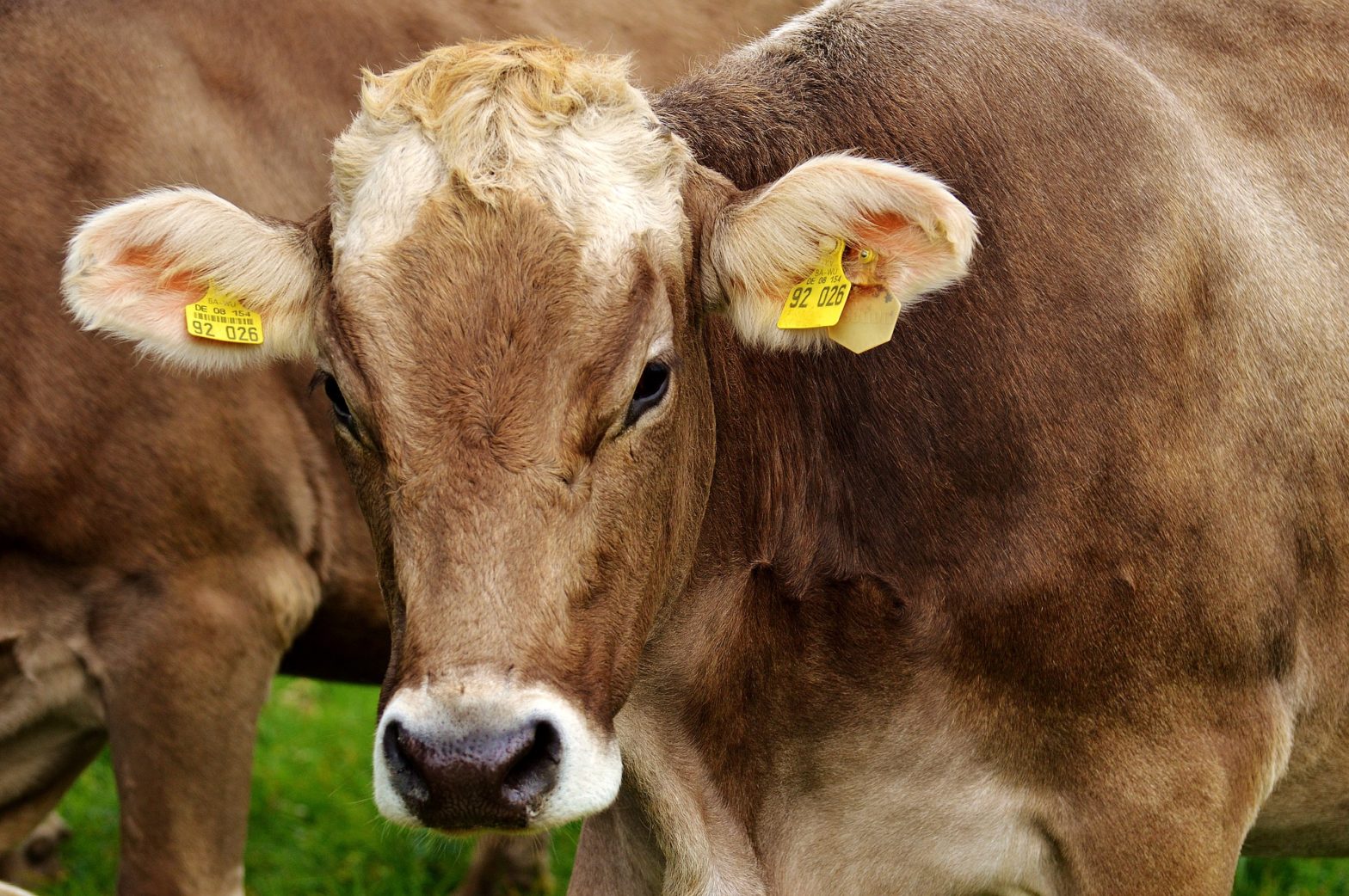
Consumers are seeing local meat shortages. Meat processing plants, where workers are in close contact, continue to see shutdowns when COVID-19 infections spread plant-wide. Shortages are a disruption of the supply chain, not a food availability problem – there’s enough food but the form of the food (fresh ground meat for Wendy’s or boneless chicken breasts requiring processing before making it to supermarkets) is not always available in ways that are convenient and familiar. The first 5 minutes of the KERA podcast “How COVID complicates farm to table” provides a nice description of the pork supply chain.
Consumer Reports shares that amid meat supply disruptions, consumers have options. An interesting report regarding the 2019 workshop “Innovations in the food system: Exploring the future of food” is worth reading. I read this 134-page report from the National Academy of Sciences, Engineering and Medicine with new eyes in the midst of this pandemic, especially a figure on page 20 with components of a food system; pages 30-37, which discuss the challenges farmers face selling through local channels; page 35 on blockchain; pages 40-50 on meat alternatives; pages 52-56 on the food supply chain; and page 69 about marketing channels including large retailers developing their own beef/chicken supply chain.
Helping consumers deal with meat/poultry shortages
As nutrition educators we can help consumers experiencing meat/poultry shortages. Here are some approaches…
Food preparation
Start with the familiar. Preparing recipes that are accepted while using less meat is one approach. A preferred chili recipe can be made with less meat, for example. Another online suggestion was to use lentils to extend ground beef in selected recipes because the texture of lentils is similar to ground beef. And there’s the popular Blended Burger (ground beef and mushrooms to extend the ground beef and add flavor).
Suggest recipes that use less meat. A small portion of meat on a plate doesn’t satisfy, but soups, stews, casseroles, stir-fries, lasagna or other mixed dishes can be filling. Include root vegetables such as potatoes and carrots for hearty and filling recipes.
Help consumers learn how to prepare meat cuts that need slow cooking. Boneless chicken breasts are so convenient, leaving shoppers shocked to see grocery shelves empty of them. Other forms of poultry can be substituted but may need more prep and/or cooking.
Use tested and highly rated recipes. If you suggest someone try a new recipe, make sure it works. Limited money leaves no room for error.
Start with a soup or salad; end with fruit. Starters like soup or salad can be filling if the meat/poultry portion size is smaller than usual. Or end with fruit, which is filling and satisfying.
Suggest dishes made with beans. Beans are filling and tasty. Canned beans are a great option. Don’t forget lentils, which don’t require soaking, cook more quickly than dried beans and come in a variety of colors and flavors.
Suggest plant-based meal alternatives (PBMAs) or other alternatives such as tofu, jackfruit or veggie burgers. This may be a hard sell for most consumers for two reasons: unfamiliarity and cost, especially for PBMAs.
Food availability
Truckload sales. Some foodservice purveyors are bringing their products directly to consumers with truck sales in parking lots.
Find local farms or smaller processing plants in your area. They may be selling product at farmers markets. The National Agriculture Sustainable Coalition has a guide to finding local food. Small chicken farmers are thriving during the pandemic.
Try local restaurants or mail order. They, too, are pivoting to these kind of sales.
